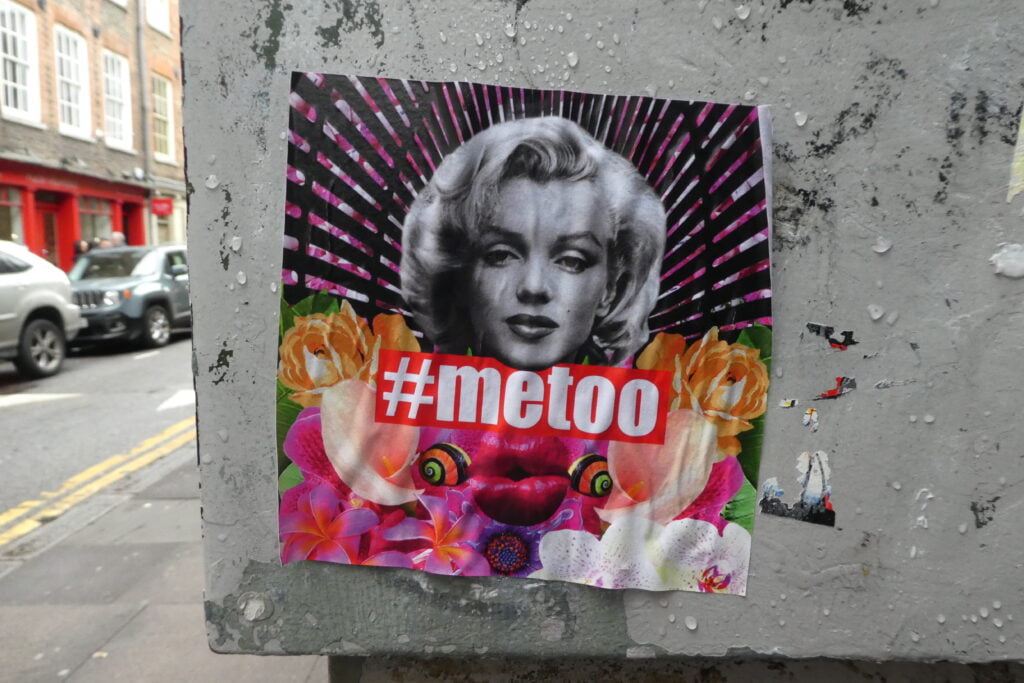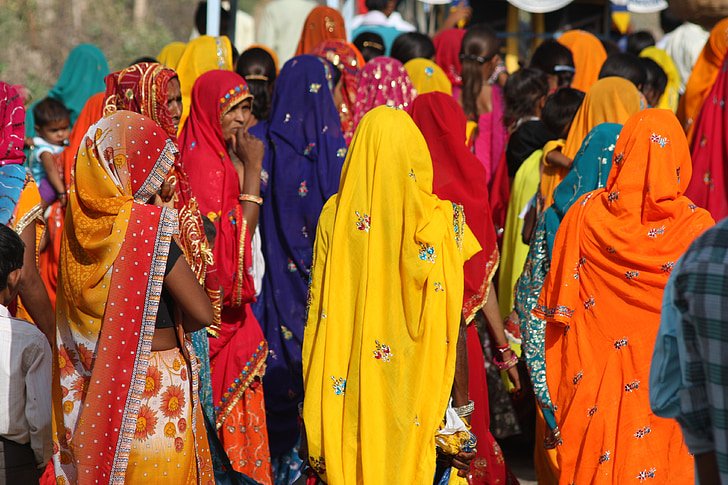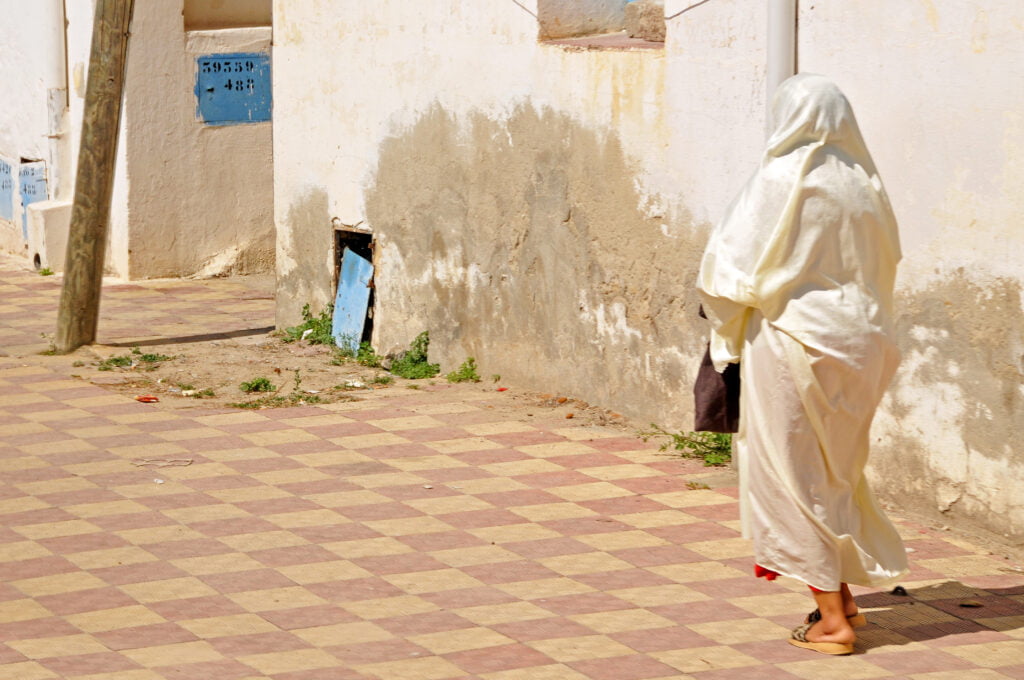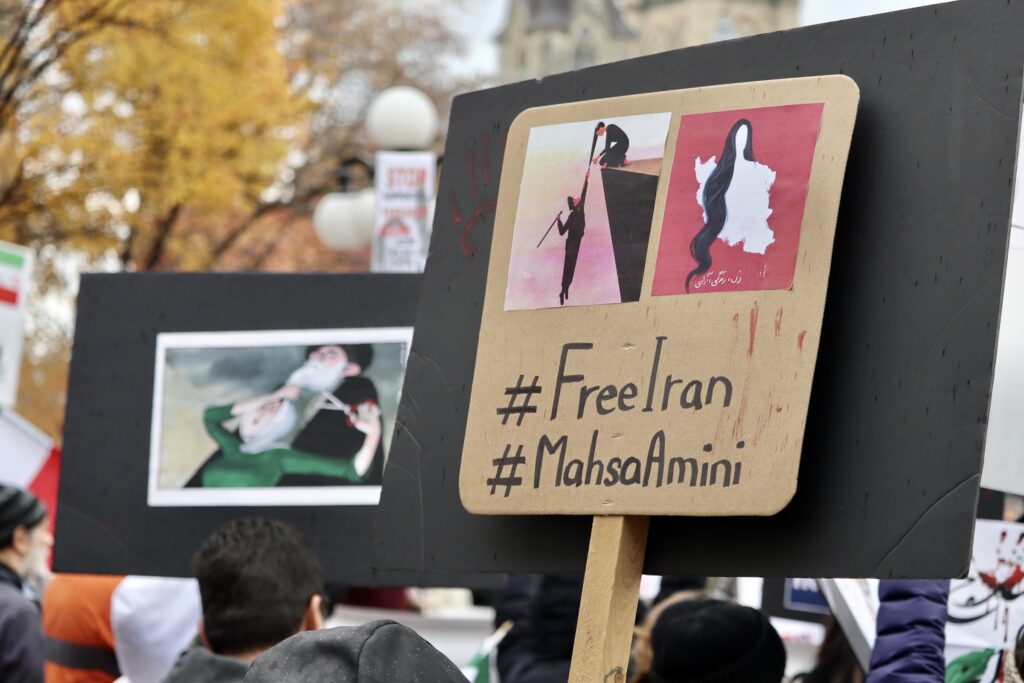We use cookies to improve your experience with Monash. For an optimal experience, we recommend you enable all cookies; alternatively, you can customise which cookies you’re happy for us to use. You may withdraw your consent at any time. To learn more, view our Website Terms and Conditions and Data Protection and Privacy Procedure.
Standing up to violence against women
Published on November 25, 2022Activism can influence policy change towards gender-based violence, but many other factors are at play for it to last.
 Violence against women takes many forms and happens everywhere. : Michael Joiner, 360info CC BY 4.0
Violence against women takes many forms and happens everywhere. : Michael Joiner, 360info CC BY 4.0
Activism can influence policy change towards gender-based violence, but many other factors are at play for it to last.
“Men treat us as servants,” Adelah, a 27-year-old Afghan woman whose name has been changed to protect her identity, told UN Women.
“Afghan women should be silent. If you raise your voice, you could be beaten to death.”
Violence against women and girls can happen anywhere around the world, both publicly and privately.
Whether it’s psychological, sexual or physical, women are significantly more susceptible to gender-based violence than men.
This can manifest in many forms, including partner-based violence, human trafficking, genital mutilation, sexual violence and child marriages. Women and girls from lower socio-economic backgrounds are often disproportionately impacted.
Less than half of women globally seek help after experiencing violence, particularly if they already face layers of discrimination.
Much of women’s rights to work, vote, be represented in government and equal pay have been born through activism. And social media has become the new frontier in the fight for global gender equality — helping mobilise women locally and connecting them with others around the world.
The United Nations International Day for the Elimination of Violence Against Women on 25 November will be followed by 16 days of activism against gender-based violence, calling for sustained change.
Increased access to support services and awareness of their existence is essential for the protection and safety of all women.
Local women’s support helplines across the Asia-Pacific can be found here.
REALITY CHECK
One in three, or 30 percent, of women over the age of 15 around the world have faced a form of physical and sexual intimate partner violence, non-partner sexual violence, or both at least once in their life, according to the WHO.
The real figures are believed to be much higher as much violence against women remains unreported due to the stigma, shame and impunity around it.
Thirty-eight percent of all murders of women around the world are committed by intimate partners.
At least 155 countries have passed laws addressing domestic violence, but there are many barriers to the implementation of these laws.
BIG IDEAS
This quote is attributable to Sutanuka Banerjee and Lipika Kankaria from the National Institute of Technology Durgapur:
“[Online activism] was particularly valuable during the COVID-19 pandemic when domestic violence increased significantly — what the UN described as a ‘shadow pandemic’.”
This quote is attributable to Giulia Evolvi from the Erasmus University in Rotterdam:
“Online anti-feminist and misogynist discourses can have very harmful consequences outside of digital spaces … To end violence against women, it’s crucial to first publicly denounce all online groups perpetuating misogynist and anti-feminist views by labelling them as hate speech.”
This quote is attributable to Rabi’ah Aminudin, International Islamic University Malaysia:
“Higher education institutions have more rampant and embedded issues with sexual harassment. Institutions that are characterised by precarious working conditions and are hierarchical enable sexual harassment.”
Originally published under Creative Commons by 360info™.
Editors Note: In the story “Standing up to violence against women” sent at: 21/11/2022 12:09.
This is a corrected repeat.
















